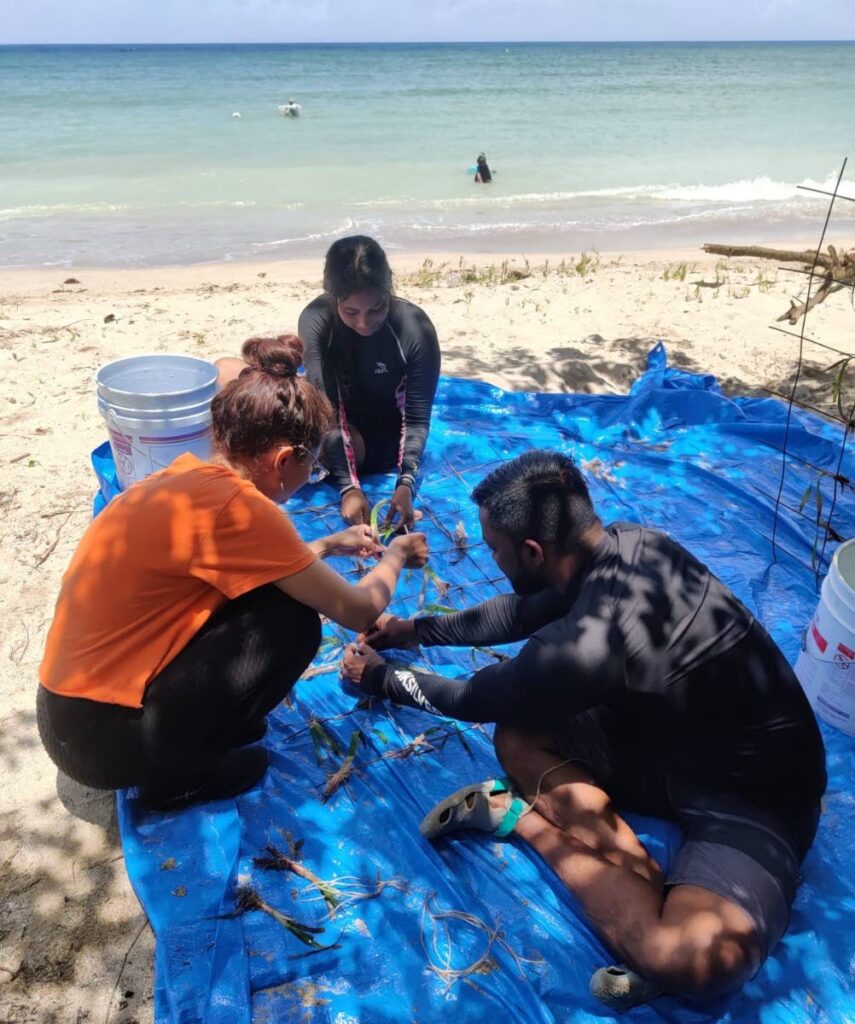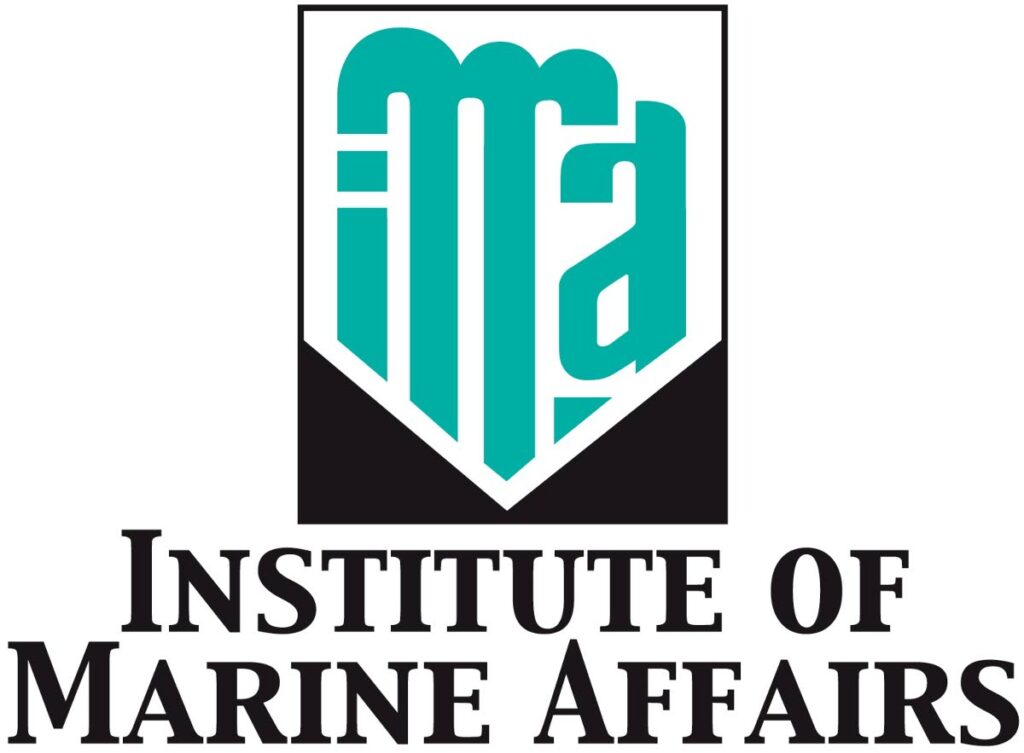It’s time to restore degraded wetlands

Rahanna Juman,
Director (Ag)/ Wetlands Ecologist
Institute of Marine Affairs
As we join the rest of the world to commemorate World Wetlands Day on February 2 we are reminded that it is time to restore our degraded wetlands. But why should we? According to the Global Wetland Outlook, 2021, wetlands have always provided services to humanity, yet recognition of the scale of these benefits and the consequences of their loss is quite recent.
Critical wetland ecosystem services include: carbon sequestration and storage, particularly in peatlands and marine ecosystems; ensuring safe and reliable supplies of drinking and irrigation water; the provision of goods and services connected with food security; and management against water-related disasters such as droughts and floods.
Wetlands remain our most valuable ecosystem, contributing unrivalled services for climate mitigation, adaptation and biodiversity and human health worth more than US $47.4 trillion a year, according to a 2019 publication of the Intergovernmental Science-Policy Platform on Biodiversity and Ecosystem Services.
Despite its benefits, wetlands remain the world’s most threatened ecosystem. With 35 per cent of global wetland area lost since 1970, they are disappearing three times faster than forests, leaving more than a quarter of wetland species threatened with extinction. Unsustainable use and inappropriate management of wetlands not only results in loss of ecosystem services but can bring direct risks including disease.
Climate change is occurring faster than previously anticipated, with thresholds crossed and major changes inevitable. Wetlands are particularly affected by sea-level rise, coral bleaching and changing hydrology. Changing weather increases risks of flooding and drought in many places. Wetlands need to be part of delivering climate solutions. Undisturbed coastal blue carbon ecosystems (salt marshes, mangroves, seagrass beds) are powerful carbon sinks, but can be significant sources of greenhouse gases if degraded.
Back home, our coastlines, especially the Gulf of Paria, were once lined with large mangrove trees supported by massive entangled roots teeming with wildlife –a familiar setting where our grandfathers and fathers hunted crabs to put in the Sunday callaloo, and harvested oysters that were sold in spicy sauce around the Queen's Park Savannah. Back then we did not fully understand nor appreciate the importance of these coastal forests, so as much as 50 per cent were cleared to build houses, businesses and ports.
Similarly, our nearshore Gulf of Paria were covered by extensive underwater seagrass meadows that provided homes for diverse species including starfishes, urchins, sea cucumbers, crabs, conchs and many fishes including sea horses, and nurseries for commercial species such as snappers, grunts and shrimp, but they are all gone. As we reclaimed lands to build cities, ports and industries, we buried these precious resources. Today, the very sparse seagrass areas that remain are subjected to land-based pollution and sedimentation.
In Tobago, our magnificent coral reefs that form the natural infrastructure for our tourism sector, are degraded due to land-based pollution, unsustainable harvesting, and marine invasives such as the lionfish, making them more vulnerable to the impacts of climate change such as ocean acidification, coral bleaching and diseases. As our coastline erodes and we are subjected to more frequent coastal flooding; as our fisheries resources become depleted and this is reflected in higher prices in the markets, we are now realising the importance of our wetlands and therefore must take steps to revive and restore these precious resources.
Wetlands restoration efforts require all hands on deck. From public-sector agencies, scientists, educators, the business sector, funders, community leaders, civil society to our youth, everyone must be engaged. Science‐based, community-appropriate methods for wetland restoration have been developed and need to be widely adopted.

Restoration projects should aim to first understand and address the underlying ecological necessities of each individual area – fixing the underlying reasons for why the wetland haven’t naturally regenerated in the first place. This may require cleaning up the wetlands, removing invasive species, re-establishing the hydrological balance and restricting access and use. When the enabling biophysical and socio-economic conditions are put back in place applying ecological wetland restoration principles, nature will do the rest. When that happens, species-to-site matching is optimal, resulting in better survival, faster growth and a more diverse and resilient wetland.
The Institute of Marine Affairs (JMA), as the premier marine research institute in Trinidad and Tobago, has been conducting the science needed for the restoration of our wetlands. A pilot mangrove restoration project was conducted in 1999 and based on the monitoring conducted we are better able to understand restoration/rehabilitation principles. Studies have been conducted in mangrove forests and marshlands to determine cause(s) of degradation, with the intent of removing the stressors so natural regenerative processes can occur. A replanting project was undertaken at Caroni Swamp with primary school children in Central Trinidad and with the community to raise awareness of the importance of mangrove forests.
In 2022, with funding from bp Trinidad and Tobago (bpTT), IMA embarked on the Marine Resilience Initiative (MARIN), Tobago Pilot project. It is the first phase in the IMA’s plan to build its capacity in marine ecosystem rehabilitation in a rapidly changing climate. The IMA has assessed a subset of marine habitats across Tobago to identify areas with the potential for active restoration, using nature-based management strategies that are economically feasible, sustainable, community-oriented, and valued for its climate mitigations (blue carbon) contribution.
The project focused on coral reefs and seagrass (Thalassia testudinum) beds located in Tobago. The sites assessed three coral reef sites in southwest Tobago (Buccoo Reef Marine Park, Mt Irvine Reef and Flying Reef); and two sites in the proposed northeast Tobago protected area (Booby Island Reef, Charlotteville and Angel Reef, Speyside). Two locations in southwest Tobago where Thalassia testudinum-dominated seagrass beds occur or were once present were assessed – the Bon Accord Lagoon in the Marine Protected Area (two sites) and Kilgwyn Bay.
The IMA and bpTT have since agreed to extend this research and rehabilitation work and over the next five years, phase II of MARIN, Tobago intends to deliver long-term biodiversity conservation and restoration of these ecosystems including avoided loss using a multi-pronged approach: ocean stewardship; restoration of Tobago’s marine biodiversity; building sustainable ocean resilience. MARIN Tobago and its growing cadre of ocean caregivers are committed to a programme of direct and indirect restoration strategies to build Tobago’s resilience as a single island ecosystem.
Through this project, IMA aims to build connections between communities and their ocean backyard through baseline understanding, inclusion, education and embedding stewardship into communities. This will overlap with on-going practical restoration in locations of active stewardship and involve knowledge transfer and capacity building. The anticipated plan and partnerships will deliver long-term marine biodiversity conservation that may be scaled up for future restorative efforts in other areas in Tobago, Trinidad and even the wider Caribbean.
Join us as we work to restore degraded wetlands. You can follow us on our social media platforms or our SeaiTT App. Happy World Wetland Day 2023!


Comments
"It’s time to restore degraded wetlands"